Story and photos by Fragkiska Megaloudi
The plight of the Rohingya people has made headlines lately, following another deadly crackdown on their villages. As a humanitarian journalist, I have been covering this issue since 2012, but this was the first time I could visit the region after the displacements of 2016.
Tensions were high and rumors circulated that NGOs and agencies, offering basic services to the people, were considering withdrawing as the security situation was getting tensed.
Stateless and abandoned: Who are the Rohingya
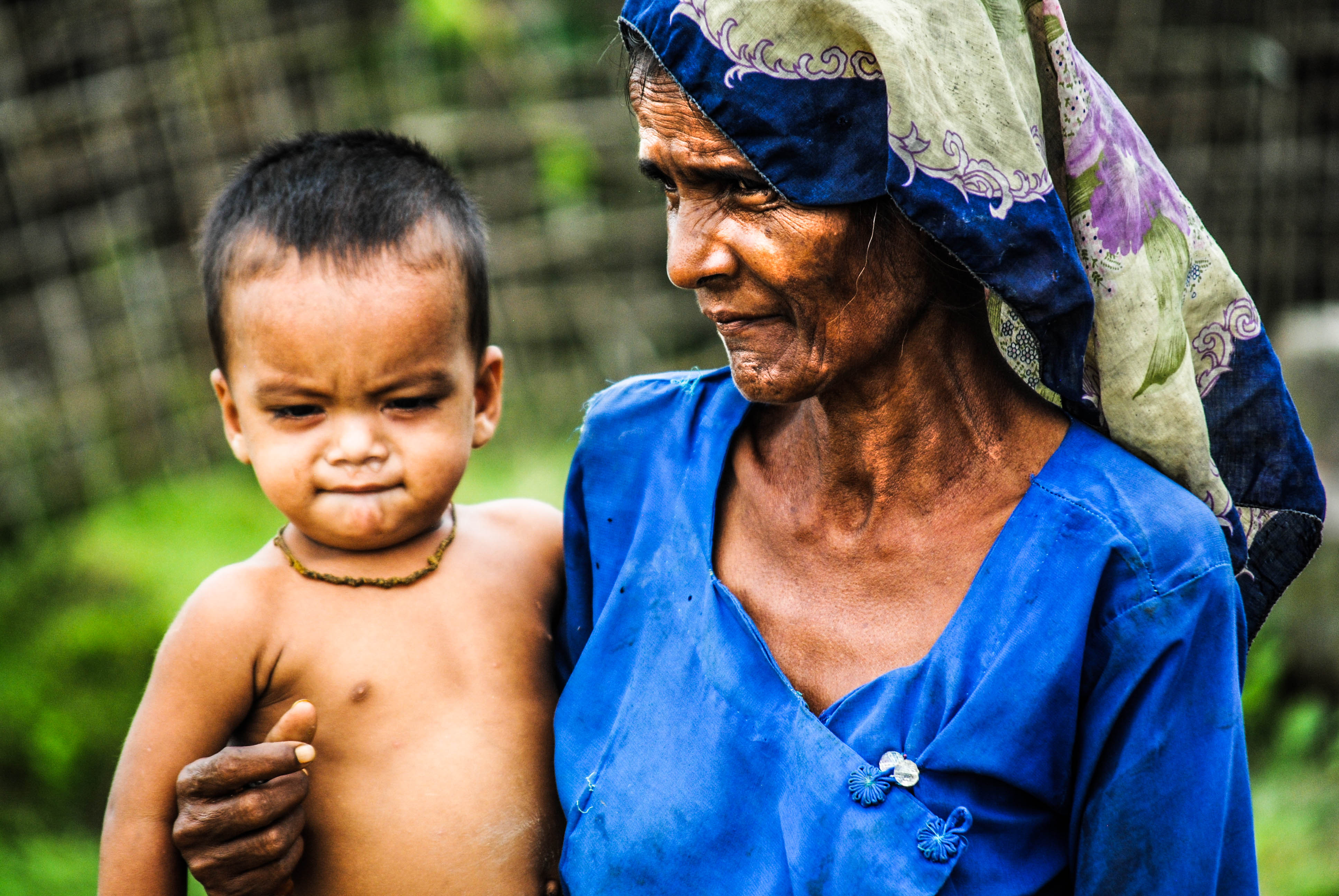
TheRohingya are a Muslim minority ethnically related to the Bengali people living in neighboring Bangladesh's Chittagong District. Currently there are 1.1 million Rohingya living mainly in the north of Rakhine State in Myanmar, which borders Bangladesh. They speak their own dialect that is distinct to all the other languages spoken in Myanmar.
Muslims living along the coast of Rakhine State can be traced back to the eighth and ninth centuries when Arab traders settled in the area. Muslims and Buddhists have historically lived on both sides of the Naaf river, which marks the current border with Bangladesh. The British annexed the region after an 1824-26 conflict and encouraged migration from India, including that of labourers, merchants and administrators. At that time, this was considered internal migration. However, regardless of how long they have been in country, Burmese authorities consider the Rohingya, undocumented immigrants and do not recognize them as citizens or as an ethnic group.
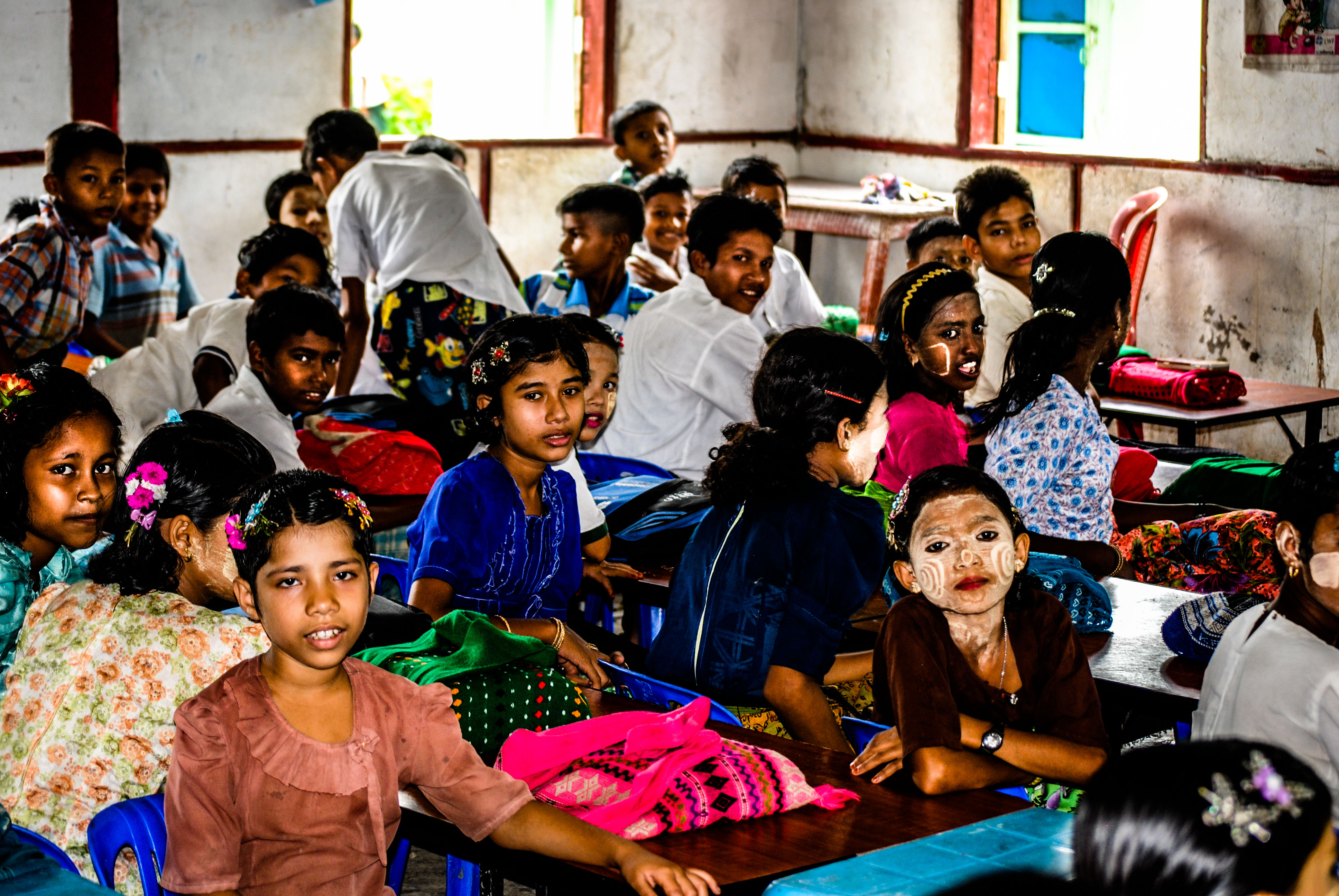
As a result, Rohingya are de jure stateless, according to the 1982 Burmese Citizenship law, and are viewed as a source of instability in the country.
Without citizenship, Rohingya cannot legally leave the townships of Rakhine State and, since 1994, must request special permits (often available only through bribes) to marry, which restricts Rohingya couples to having two children, a limitation other ethnic groups do not face. Common-law couples are vulnerable to prosecution. The government includes the Rohingya in official family registries and gives them temporary registration cards. However, such documents do not mention place of birth and are not considered as evidence of birth in Myanmar.
The conflict and its roots
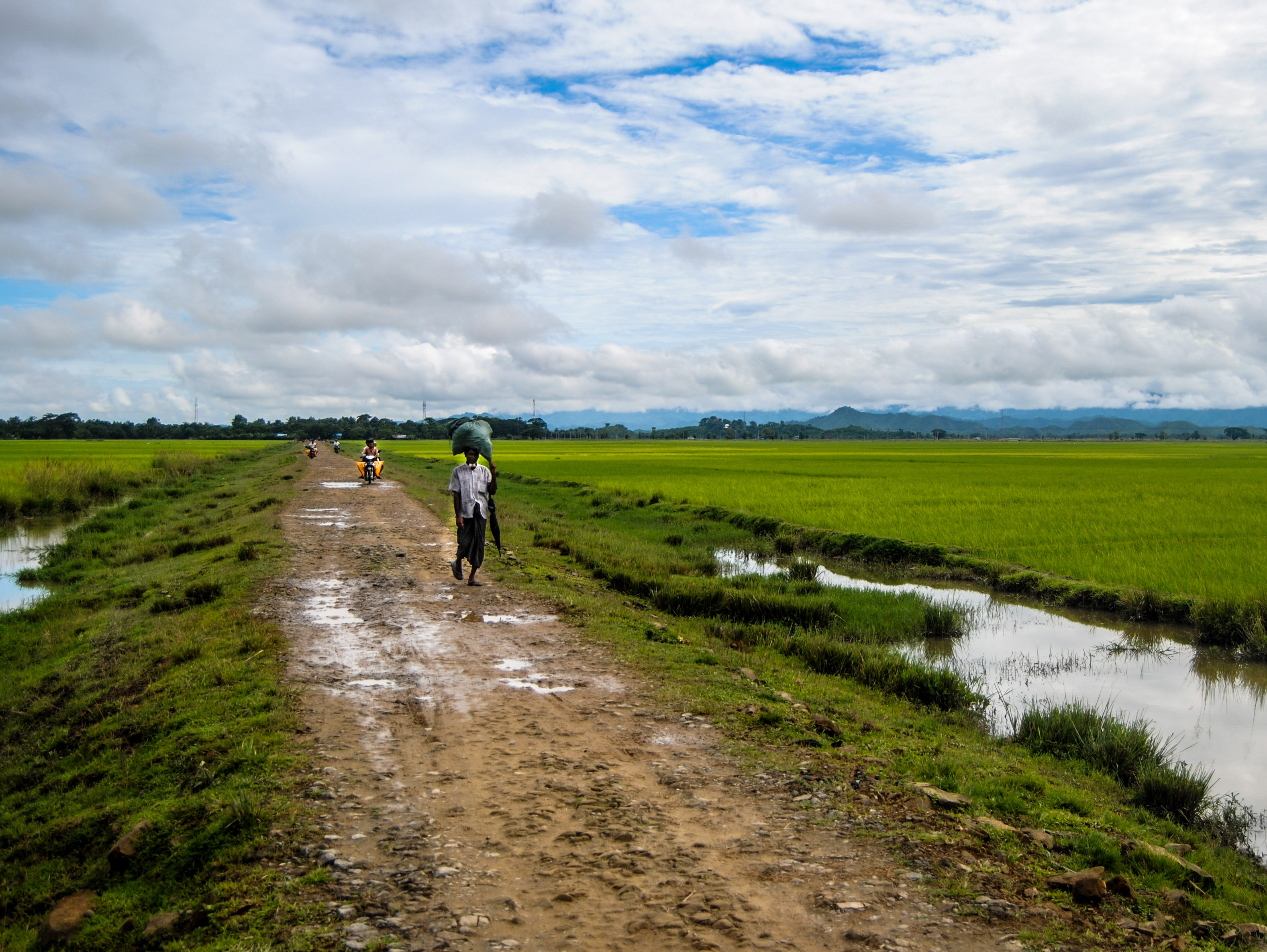
Since the 1970s, there have been revolts and crackdowns on the Rohingya in Rakhine State resulting to more than 300.000 to flee to neighboring countries. In June 2012 violence between ethnic Rakhine and Rohingya residents following the alleged rape of an ethnic Rakhine woman by a group of Muslim men displaced nearly 75,000, mostly Rohingya; after relative calm, violence resurged in October, spread into a larger area and displaced an additional 35,000 according to the United Nations. The government then placed some 120.000 people in nine overcrowded camps in Sittwe Township, the capital of Rakhine state.
After the killings of nine border police in October 2016, troops started pouring into villages in Rakhine State. The government blamed Arakan Rohingya Salvation Army (ARSA) an armed Rohingya group that was formed during that period as a result of the discrimination and denial of any legal status and protection of the Rohingya. The group was founded by Pakistani born Attullah Abu Ammar Jununi, who was raised in Saudi Arabia before he returned home to lead the struggle. Initially few supported it as it was too small and extreme; however as the crackdown against the Rohingya continued, many people had no other choice but to join the group.
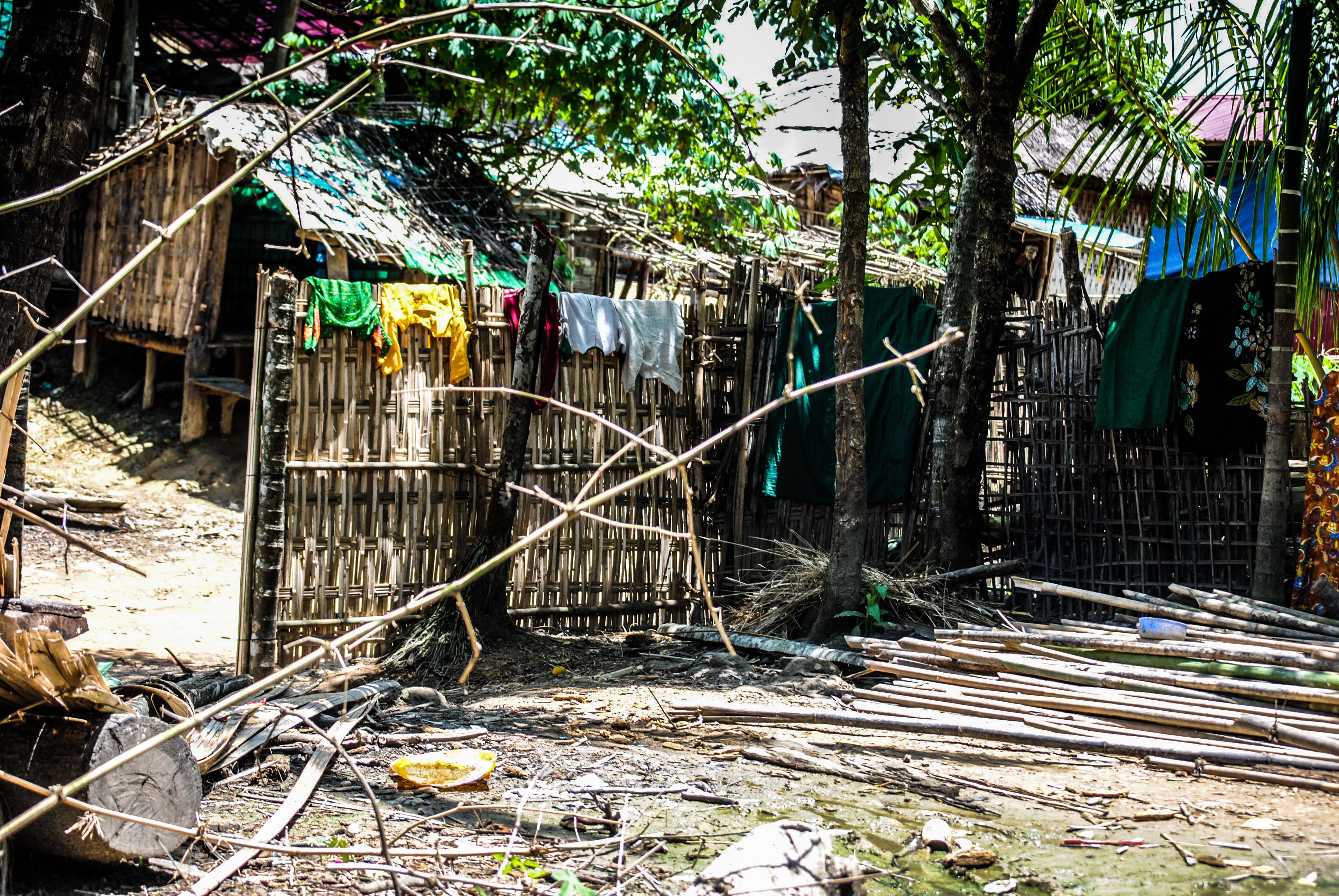
According to its leader the group was created as a response to government and paramilitary abuses against the Rohingya community and denies any links to Islamic State or any other international terrorist organization. Although poorly funded, it’s not clear where it gets its funds from, and links to overseas diaspora or Pakistan cannot be excluded.
ARSA’s attack led to a security crackdown on villages where Rohingya lived that displaced 65,000 people to Bangladesh while tens of thousands fled to Thailand, Malaysia and Indonesia. This crackdown by Burmese authorities was controversial, with a UN official and human righst groups accusing Myanmar in November 2016 of carrying out “ethnic cleansing” of Rohingya Muslims, an allegation that the government fiercely denies.
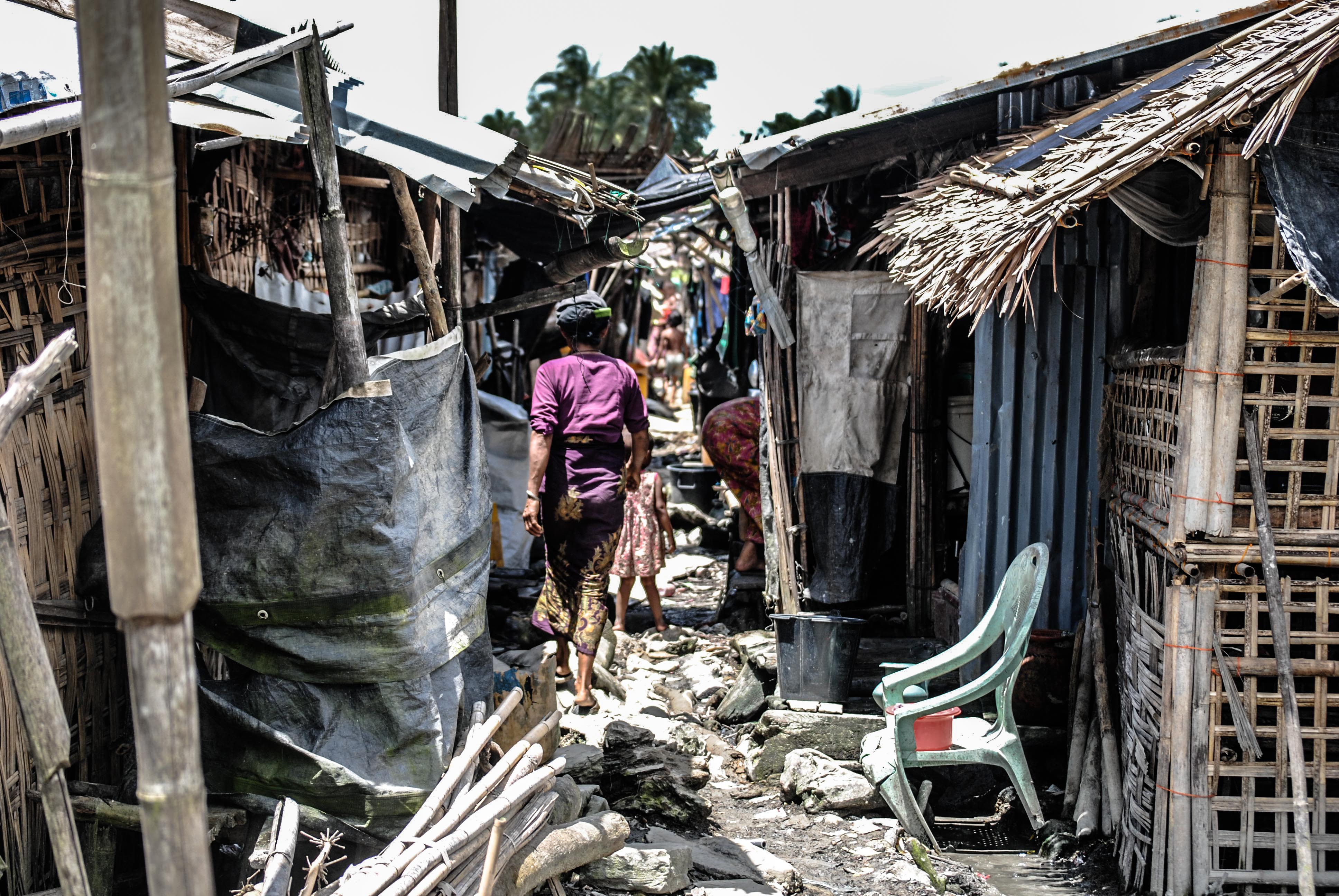
On August 25, ARSA attacked one military post and 30 police posts in Rakhine, plunging the region into deeper crisis. This violence has forced some 60,000 Muslims to flee to Bangladesh, while at least 20,000 are stranded between the borders. The government has declared ARSA an “extremist Bengali terrorist group” justifying its military response as a war on terror.
People in boats and Western guilt
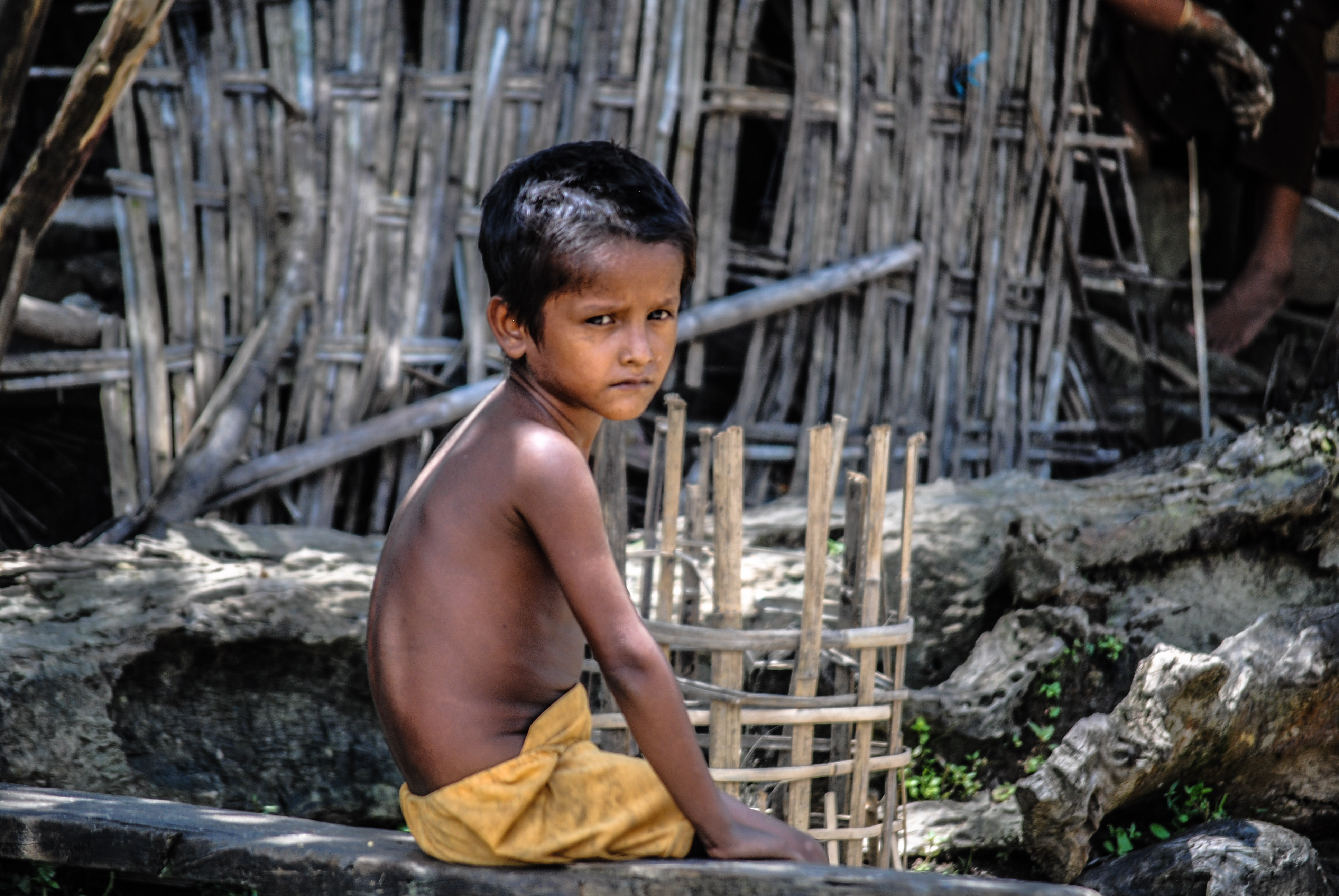
In 2015 was the year marked by the Syrian refugee crisis and the heartbreaking images of desperate people trying to flee to Europe. At about the same time another crisis was taking place in South East waters, when thousands of Rohingya and Bengali people were trapped in boats as they were trying to reach Malaysia illegally. This -although it has been happening for years- attracted the world attention only when the smugglers abandoned the ships, leaving thousands of people to die. While people were dying from thirst, hunger and diseases in the floating coffins, the neighboring countries were disputing over their fate.
The interesting part in this story is that it all happened after Thailand cracked down a smuggling ring and discovered massive graves of people, thought to be undocumented workers from Myanmar and Bangladesh, lured to Thailand to work illegally in the fish industry. The crackdown alerted the smugglers that, fearing of being caught, abandoned thousands of migrants in the ocean and left.
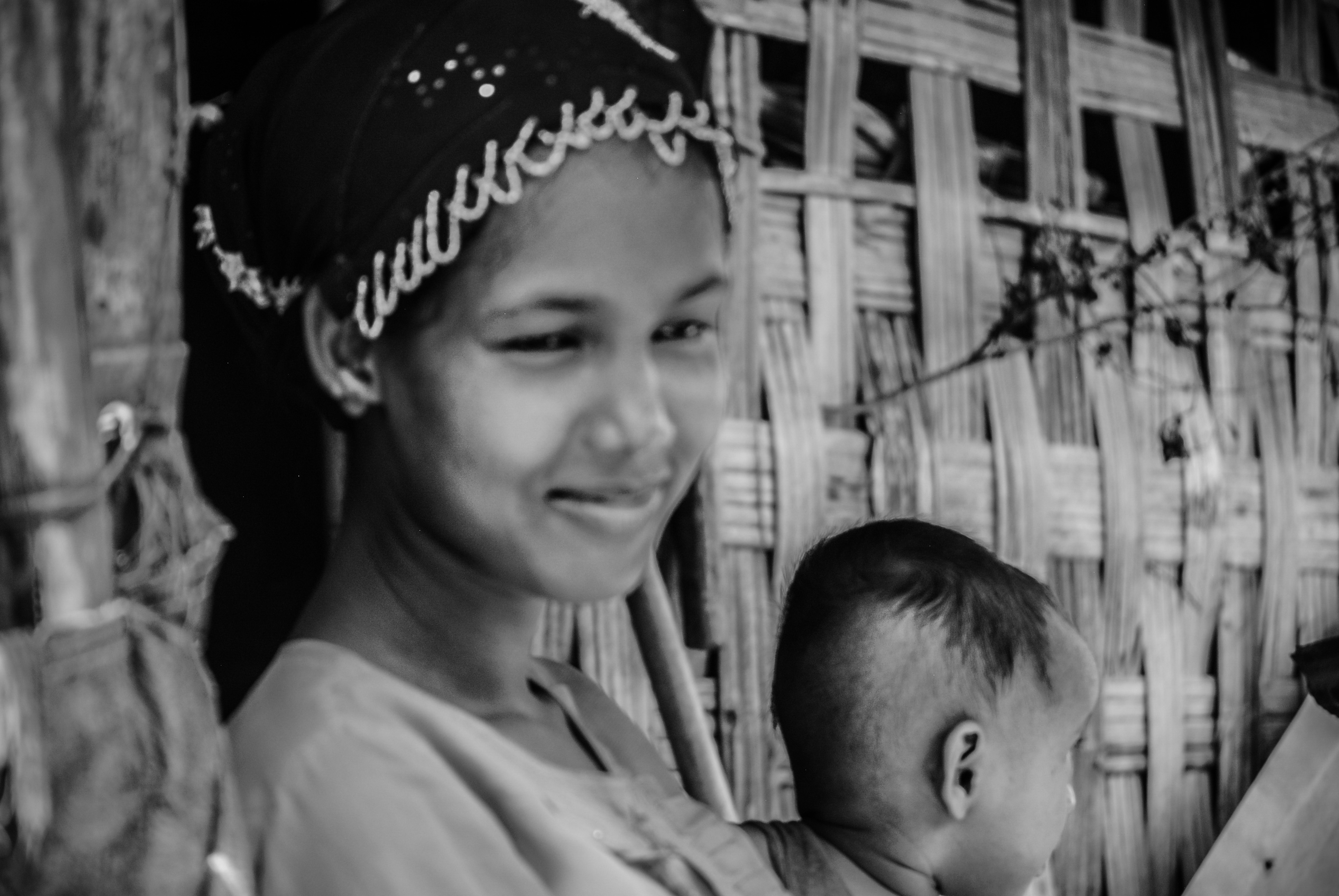
This was not an unusual situation. There have been numerous reports over the exploitation of illegal workers in the fishing industry of SE Asia where people are kept slaves in boats, they are not fed or paid and are forced to work 18-20 hours per day. If they protest they are murdered. In 2015 Indonesia begun operations that saved tens of Burmese fishermen from slavery in the fish boats; the news spread quickly, media were reporting on how the blood fish reaches our plate and civil societies in the west started pressuring their governments to take a stand. Thailand and Indonesia, were put under tremendous pressure from the EU, US and Australia to regulate the industry.
In a move to calm down the international outcry, Thai police raided camps in the north and discovered massive graves and illegal settlements where thousands of people were cramped, including young women and children that often were ganged raped by the smugglers. But this opened the Pandora Box.
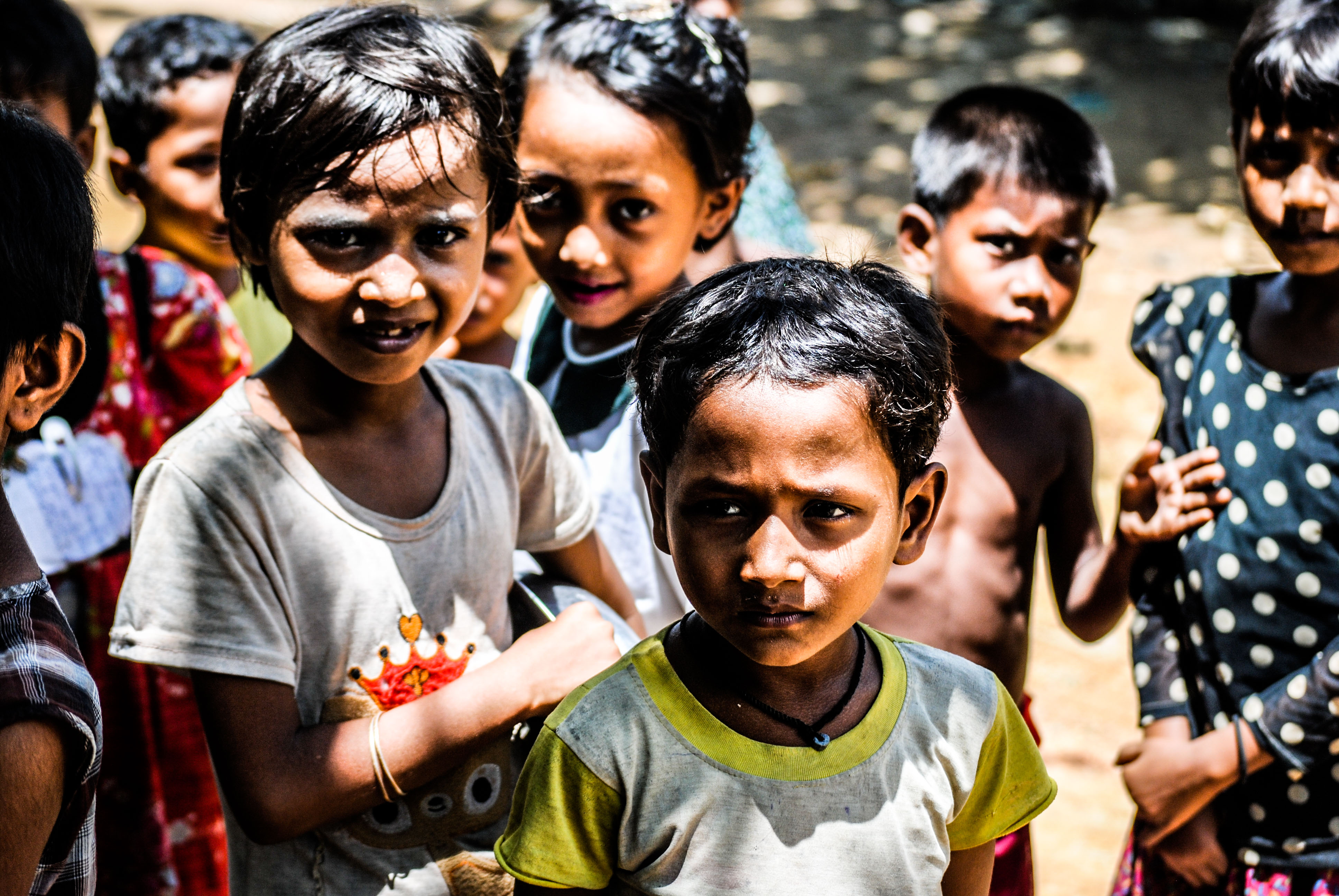
The crackdown of the trafficking ring, following pressure and calls from western consumers to boycott fishing products from Thailand prompted smugglers to abandon thousands of desperate refugees and immigrants in the sea.But Asian countries were not ready or willing to deal with hundreds of thousands of unwanted people. The US made it clear it would not take refugees and the EU said it is already overwhelmed with the Syrian refugee crisis while nobody wanted to touch on the political causes that forced Rohingya and Bengalis to embark to a perilous journey in the water; none also wished to put further pressure to Myanmar when there is an 8 billion $ foreign direct investment only for 2014-2015, in the country at stake.
The naïve belief that western consumerism could itself save the poor as long as buy the “right” product and boycott the “bad” one, has just collapsed as we tend to forget the role of western consumerism is in systemic global inequalities. As long as there are no political solution or systemic reorganization then “Caring” will not end famine and poverty.
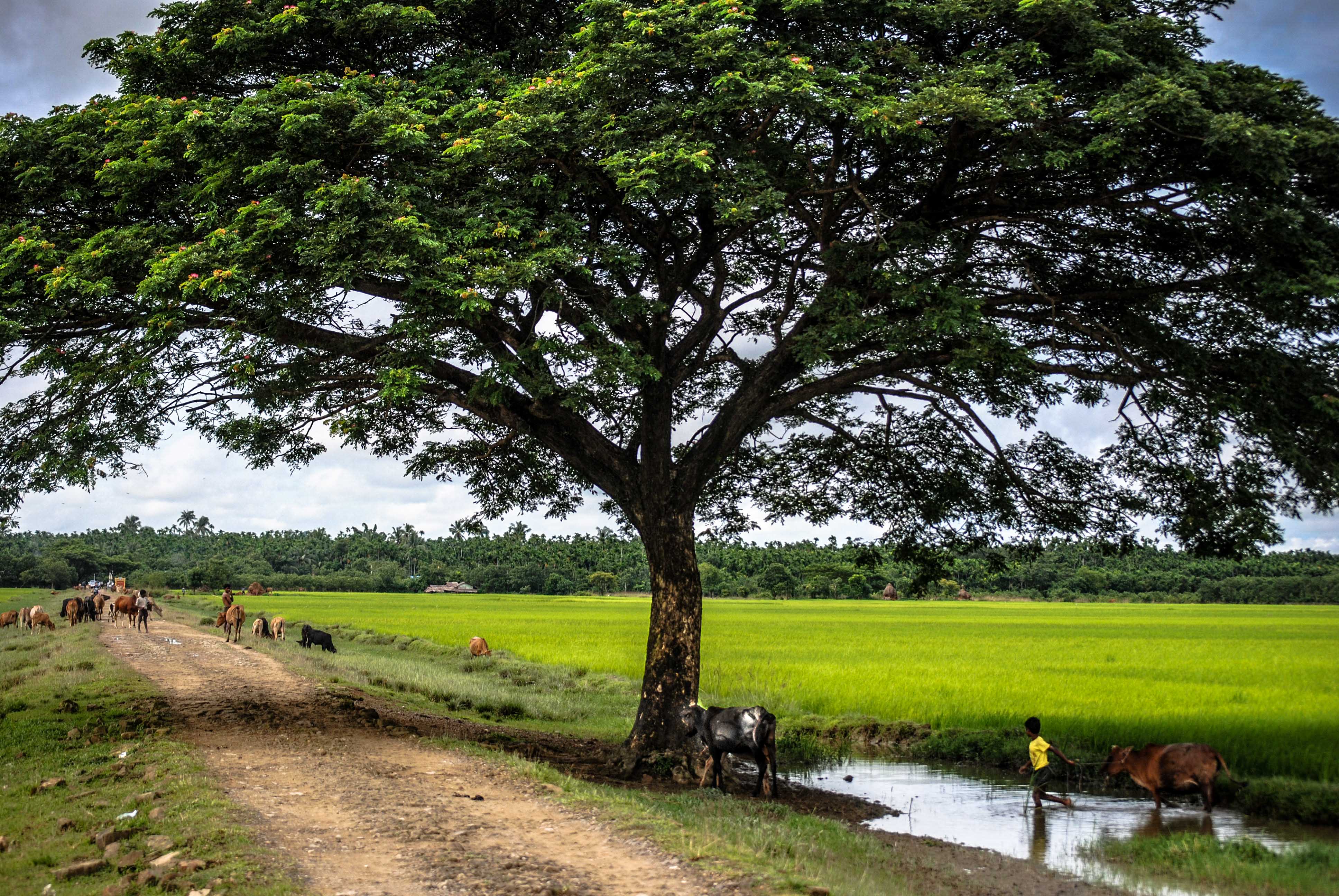
The International Edition of ThePressProject will be launched soon. Support our journalism